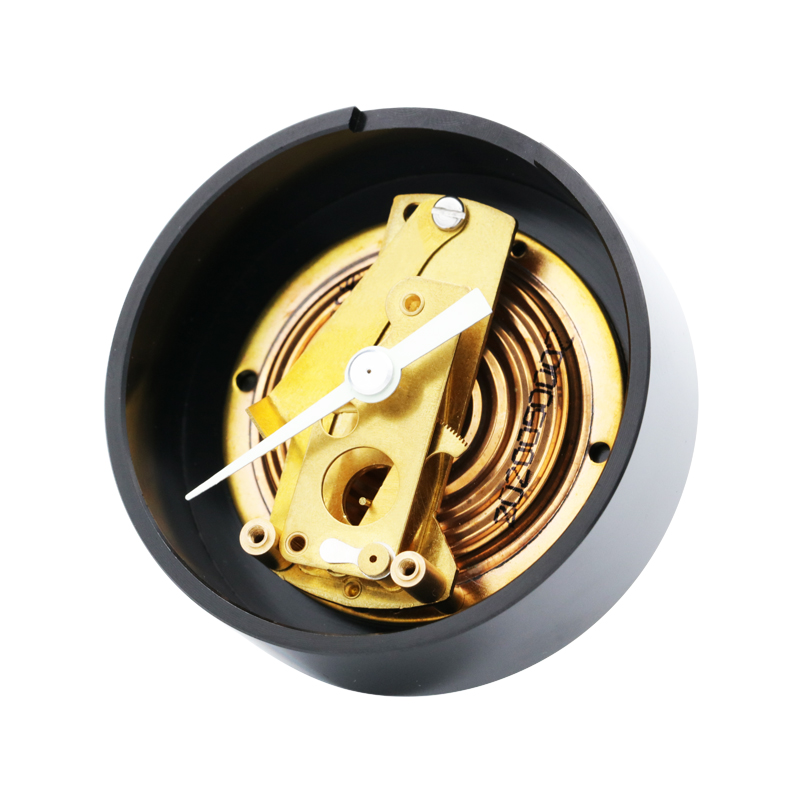
Nov . 13, 2024 13:57 Back to list
square root differential pressure gauge factories
Understanding Square Root Differential Pressure Gauges and Their Manufacturing
Square root differential pressure gauges are essential instruments used in various industries to measure flow rates in a fluid. These gauges operate based on the principle that the flow rate is proportional to the square root of the differential pressure across a restriction, such as an orifice plate. The gauge provides accurate and reliable measurements, making it crucial in applications like water treatment, oil and gas production, and HVAC systems.
Working Principle
The fundamental concept behind a square root differential pressure gauge is rooted in the relationship between differential pressure (DP) and flow rate. The flow rate (Q) through a pipeline can be expressed mathematically as
\[ Q = k \sqrt{DP} \]
where \( k \) is a constant that depends on the specific installation and system characteristics. The gauge measures the differential pressure generated by the fluid flow, and through the square root relationship, it translates this measurement into a flow rate that operators can monitor.
Importance of Quality Manufacturing
The accuracy of square root differential pressure gauges hinges significantly on their manufacturing quality. Factories specializing in the production of these gauges must adhere to stringent quality control measures to ensure the precision and reliability of their products. High-quality materials, advanced manufacturing techniques, and rigorous testing procedures are imperative to developing gauges that can withstand various operational conditions, including high pressure, temperature fluctuations, and corrosive environments.
Key Components
square root differential pressure gauge factories

The manufacturing of square root differential pressure gauges involves several critical components
1. Sensing Element This is typically a diaphragm or a Bourdon tube that responds to changes in pressure. The choice of material for the sensing element is crucial, as it must endure the specific conditions of the application.
2. Transmitter For modern gauges, transmitters convert the mechanical movement into an electrical signal. This digital output can be displayed on a screen or transmitted to a control system, enhancing monitoring capabilities.
3. Calibration Calibration is a vital process during manufacturing. Each gauge must be calibrated against known pressure values to ensure accurate flow rate measurements. This process often involves sophisticated equipment and skilled technicians.
4. Housing The gauge housing must be robust to protect the internal components from environmental factors. It is often constructed from materials like stainless steel or plastic, chosen based on the operational environment.
Applications and The Future
Square root differential pressure gauges find wide application in industries such as pharmaceuticals, chemicals, food processing, and energy. As industries move toward more automated systems, the demand for precise measurement instruments will continue to grow. Manufacturers are increasingly focusing on integrating smart technologies, such as IoT capabilities, to allow real-time monitoring and predictive maintenance.
In conclusion, square root differential pressure gauges play a critical role in ensuring efficient operations across numerous sectors. The factories that produce these instruments must prioritize quality and precision in their manufacturing processes to meet the evolving demands of the market. As technology advances, these gauges will likely become more sophisticated, further enhancing their utility in industrial applications.
-
High-Precision 5 Valve Manifold Differential Pressure Gauge Suppliers
NewsApr.29,2025
-
High-Precision Diaphragm Vacuum Pressure Gauges Manufacturers & Quotes
NewsApr.29,2025
-
Omega Differential Pressure Gauges High Accuracy & Durability
NewsApr.28,2025
-
Low Pressure Differential Pressure Gauges Precision Solutions & Quotes
NewsApr.28,2025
-
Digital Diaphragm Pressure Gaauge Precision Measurement & OEM Quotes
NewsApr.28,2025
-
Differential Pressure Gauge China Price High-Accuracy & Best Quotes
NewsApr.28,2025
